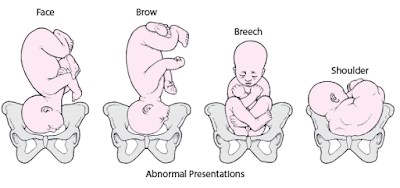Search This Blog
The blog aims to educate and knowledge sharing portal on pediatrics and the miscellaneous disease.
Featured
- Get link
- X
- Other Apps
Birth injury in newborn
A birth injury is damage that occurs as a result of physical pressure during the birthing process, usually during transit through the birth canal.
- Many newborns have minor injuries during birth.
- Infrequently, nerves are damaged or bones are broken.
- Most injuries resolve without treatment.
Birth injuries are most commonly due to the natural forces of labor and delivery. In the past, when risks of cesarean delivery were high, doctors did difficult deliveries by pulling the fetus out using forceps (surgical instruments with rounded edges that fit around the fetus's head). However, bringing the fetus down from high in the birth canal with forceps had a risk of causing birth injury. Overall, the rate of birth injuries is much lower now than in previous decades because of improved prenatal assessment with ultrasonography, the limited use of forceps, and because doctors often do cesarean delivery if they foresee an increased risk of birth injury.
Popular Posts
Overview and symptoms of Turner syndrome
- Get link
- X
- Other Apps
Diagnosis and treatment of Umbilical Hernia
- Get link
- X
- Other Apps



Comments
Post a Comment